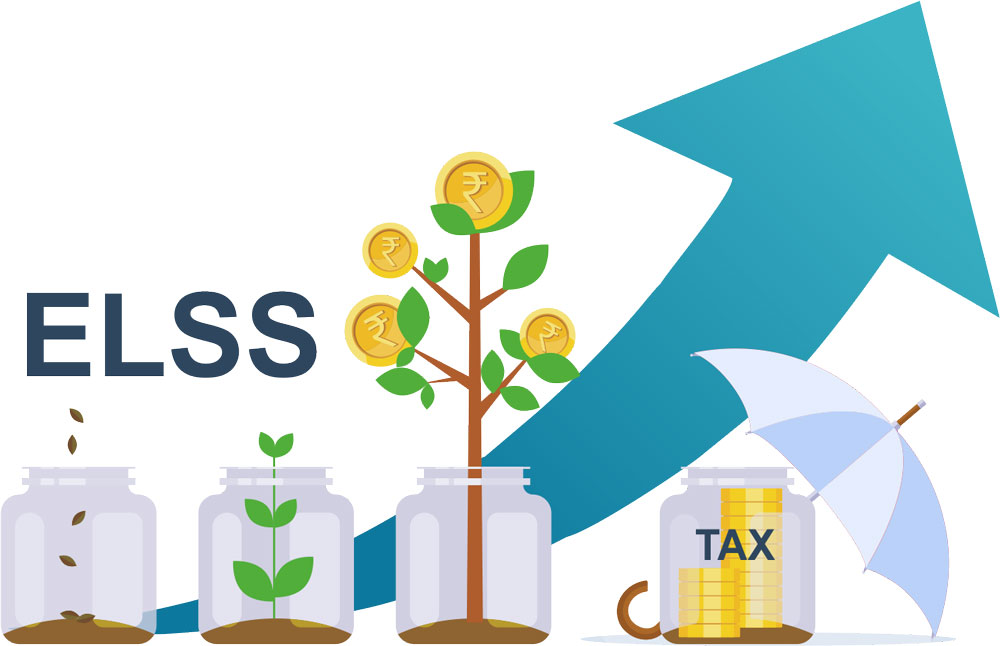
Investing in Equity Linked Savings Schemes (ELSS) is a smart way for Indian investors to grow their wealth and enjoy tax benefits under Section 80C of the Income Tax Act. ELSS funds offer the dual advantage of capital appreciation and tax savings.
However, when investing in ELSS, you may face a crucial decision: Have you considered whether a lumpsum investment or a systematic investment plan (SIP) would be the better choice for you?
Understanding ELSS tax benefits
Understanding ELSS tax benefits is crucial before diving into the SIP vs lumpsum debate. Under Section 80C of the Income Tax Act, investments in ELSS up to ₹1.5 lakh are eligible for a tax deduction. This means the amount you invest in ELSS can be subtracted from your taxable income, potentially reducing your tax liability.
Let’s explore the two investment methods, SIP and Lumpsum, to determine which suits your financial goals and risk tolerance better.
Choosing between SIP and lumpsum ELSS investment
When it comes to choosing between SIP (Systematic Investment Plan) and lumpsum investment, there are several key factors to consider:
Returns:
SIP: SIP investments are characterised by regular contributions over time. This approach uses rupee cost averaging – buying more units when the market is down and lesser units when it’s up. Over the long term, this could lead to more stable and consistent returns. SIP investments are well-suited for investors who prefer a disciplined and gradual approach to wealth creation.
Lumpsum: Lumpsum investments involve a single, substantial amount invested upfront. This approach can generate higher returns if the market performs well immediately after your investment. However, it also carries a higher risk because your entire investment is exposed to market fluctuations from day one.
Risk appetite:
SIP: SIP is generally considered less risky than lumpsum investments. Regular investments spread the risk over time, reducing the impact of market volatility. It’s suitable for investors with a lower risk appetite or who prefer a more conservative wealth-building approach.
Lumpsum: Lumpsum investments are riskier because they simultaneously expose your entire investment to market conditions. You could lose a lot of money if the market crashes soon after you invest your lump sum. This approach is better suited for investors with a higher risk tolerance comfortable with short-term market fluctuations.
Lock-in period:
SIP: SIP investments in mutual funds, including Equity Linked Saving Schemes (ELSS), do not have a separate lock-in period. However, each SIP instalment is considered a particular investment, and the three-year lock-in period for ELSS applies individually to each instalment. This means that you can redeem your initial SIP instalment after three years without any penalties.
Lumpsum: Lumpsum investments in ELSS also come with a lock-in period of three years for each investment. This lock-in period is calculated from the date of the individual lumpsum investments. It’s important to note that you can’t redeem any part of your lumpsum investment until the completion of the lock-in period.
To wrap up
SIP and lump sum investments in ELSS have their merits, and the choice depends on your financial situation and goals. Use an ELSS calculator to analyse each approach’s potential returns and tax benefits. Making an informed decision can maximise tax benefits and wealth creation through ELSS.
